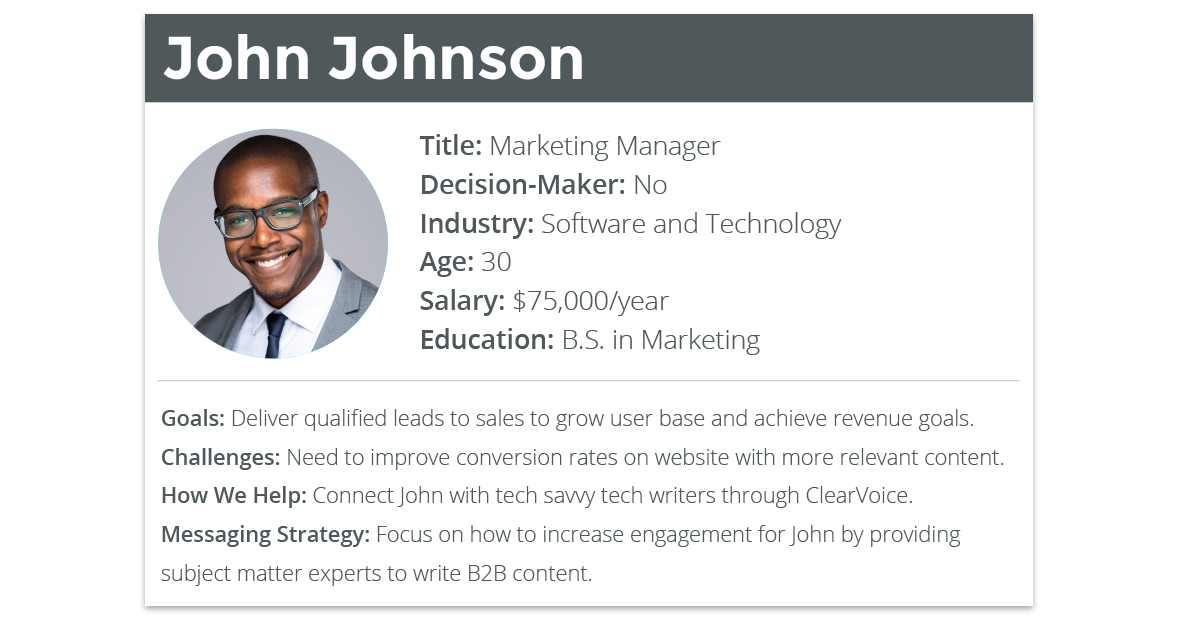How to start with content marketing?
How will you run content marketing campaigns for your business in the future when the competition is fierce than ever?
These are the two questions that would surely pop up in your minds if you are keen on creating a Content Marketing Strategy that would do wonders for your business.
Before I jump into the steps, let’s take a look at what the statistics have to say.
Content Marketing Institue reports that 61% of marketers still do not have a content strategy. Surprising isn’t it?
But there is no surprise that the businesses that have a strategy are likely to feel that their content marketing effort is more successful than others.
I simply believe that if you do not have a content marketing strategy or you do not follow a strategy, success or failure is merely a matter of luck.
But if you are looking to create a profitable online presence and drive more traffic, you have to consider your content marketing strategy on a serious note.
This article will help you create an easy content marketing strategy and help you level up your content efforts. Let’s get started.
1. Set Your Goals

Where do you begin with content marketing?
The very first step is to develop a plan that will help you fetch your goals and meet your conversion actions.
Let me tell you that there is no magic involved to create a usable content marketing strategy! It is simply like you are building a habit.
Yes, you read it right. You are developing a habit – a content marketing habit. Like the other habits, this one is easier to keep if it is simple, effective, and easy.
You need to set up your goals for content marketing strategy. You need to know why are you going to perform content marketing? Will it be for generating leads? Or build customer relationships? Or will it help in improving the customer’s experiences? Or Brand Awareness? You need to be as specific as you can while setting your goals.
You just need to pick an objective or a goal that will impact your business. Let me make it more simple by giving you an example of how you can do this.
Do you want:
- 40 new leads a month?
- 7,000 email subscribers?
- Double your website traffic?
- Facebook likes up to 1,500?
- Increase in first-time orders?
Whatever your content marketing goals are, you just need to make sure that you can sustain them for the long term. And these goals can help your business to overreach the goals, mission, and vision.
A piece of small advice from my end is that please don’t try to create content just for the sake of creating it. Be sure of what content you are delivering and why you are delivering it.
Your content marketing strategy should have a few elements such as:
- Target Audience
- Content that you will provide to them
- The outcome or the benefits of the content that the audience will receive.
- Evaluation of how you did.
2. Decide on your actions: What are your conversions?
If you are not aware of what is going to mostly convert into a quantifiable business then you surely need to find it out.
Don’t jump into creating content without knowing this. You need to be aware of your conversions– the triggers that will make your audience respond with your actions. If you don’t have a clear idea about it, then basically you would be throwing stuff at a wall and have a hope that it will stick to it. But it simply won’t!
Another big reason why you would want to find your key conversions for your content marketing would be the return on investment (ROI). Once you have a clear picture of what you want to build your content marketing strategy for, you have a direct way to anchor your return on investment.
Also, you need to determine a value for your conversions.
For example, let’s say that your goal for content marketing is to generate leads. Then each lead that you gain from content marketing would be, for example, $25 worth to you, and each subscriber would be maybe $10.
Once you have the architecture to help you track the ROI for your content marketing, then you are about to double your chances of success with the help of your content marketing strategy.
3. Know your Audience to create a Content Marketing Strategy
You need to have a clear idea of who your audience is so that you can deliver the right content to them.
Keep in mind the following points when you decide on your audience:
- Who will be your ideal customers for your content?
- What does your audience want to know?
- Which are the social media platforms that they generally use?
- What kind of tone will be the best for marketing to your set audiences? Serious or Playful?
- What are the other mediums where you can promote your content? Examples are blogs or other good publications.
Each persona or a set of an audience has unique demographics, beliefs, and needs that will pertain to your business.
For example, a real estate broker will have personas for home buyers that will include single males, single females, married couples, and married couples with children.
Once you collect all the demographics, you need to flesh out the buyer personas.
Buyer Personas better known as customer avatars will help you to determine your ideal customers so that you can target your content even better.
This ClearVoice persona is a short and sweet example of a B2B persona. It describes who John is and offers necessary details regarding his job position and ability to make decisions at his firm.

Also, you need to work out your customer’s pain points and also their psychographics.
You can find the interests of your audience using Google Analytics. Go to Audience >> Interests >> Overview
Social media also helps you to gain your customer’s data. You can make use of Facebook’s Page Insights to get demographic information on your Facebook fans.
4. Create Content
Once you are aware of what actions you want your prospects to take, who they are, and from where they find or consume your content, it’s time for you to create some good content for them.
Your main motive should be that you need to be useful to your prospects. You can think about 50 various content ideas that will be really very helpful. Once you have your ideas, smash it down to at least half the number. Simply cut off the hardest to create, the least useful ones, and maybe even the lamest ideas from your stock. You have to commit to creating the content that will survive the cut.
Here’s a small piece of advice from my end. Never create content that will be used only once. Every piece of content that you create should have the ability to be reused and recycled.
And yes, let me tell you that developing a successful content marketing strategy is not just about gazing to get those statistics pouring to your site. It is also about researching the other successful content that is already present and you can use it as an inspiration.
You can make use of various tools that will help you to create content in a better way.
An example is you can make use of Ahrefs to carry out the content gap analysis.
The next step for your content marketing strategy is to promote your content.
5. Promote your Content
Promoting your content is as important as planning and creation. You need to spend time promoting each piece of content that you deliver. Promotion activities include:
- Share your content on social media platforms
- Reach out to influencers
- Optimize your content for search engine traffic.
Promotion is of the utmost importance when it comes to content marketing. But it’s sad to learn that it’s one of the most overlooked parts of the strategy even today. It is one of the reasons for the failure of content marketing.
In fact, many prominent marketers and digital gurus urge you to spend much more time on promotion than you spend on the creation of content.
Although emails, social media posts, and SEO are good ways to promote your content, you need to also consider paid options. Paid options such as Sponsored Posts and advertising are a great way to bring your content in front of a time-sensitive or specific audience group. Promotion is one of the marketing strategies that can surely bring in results.
6. Evaluation of your Content Marketing Strategy

Finally, it’s the time to measure your success and evaluate how u did with your content marketing strategy.
To do this, you can refer to your analytics and your metrics and then circle all the way back to the start of your strategy. You can ask yourself some of the questions mentioned below and evaluate your content marketing strategy:
- Did you manage to pull off your objectives well?
- Do you still need to tweak your conversion actions, or were they effective?
- Did your content deliver the correct message for your target audience?
- Did your target audience act on your content?
Once you have all the answers, you need to go back to your content marketing strategy and make the necessary changes. Remember that your content marketing strategy is a living document, and it should be revised repeatedly as per the changing requirements of your customers.
Conclusion
A content marketing strategy does not have to be complex. Content Marketing can only be learned by doing, and you need not be intimidated by the trove of the various other content marketing strategies.
I hope with this article you have learned how to create your content marketing strategy, and I hope it will bring in the most awaited results for you.
So what’s your content marketing strategy? Let me know in the comments section if you already have a content marketing strategy.
And if you don’t have one, then what are you waiting for? Start building your content marketing strategy now!
P.S -You can read more about content marketing here.

